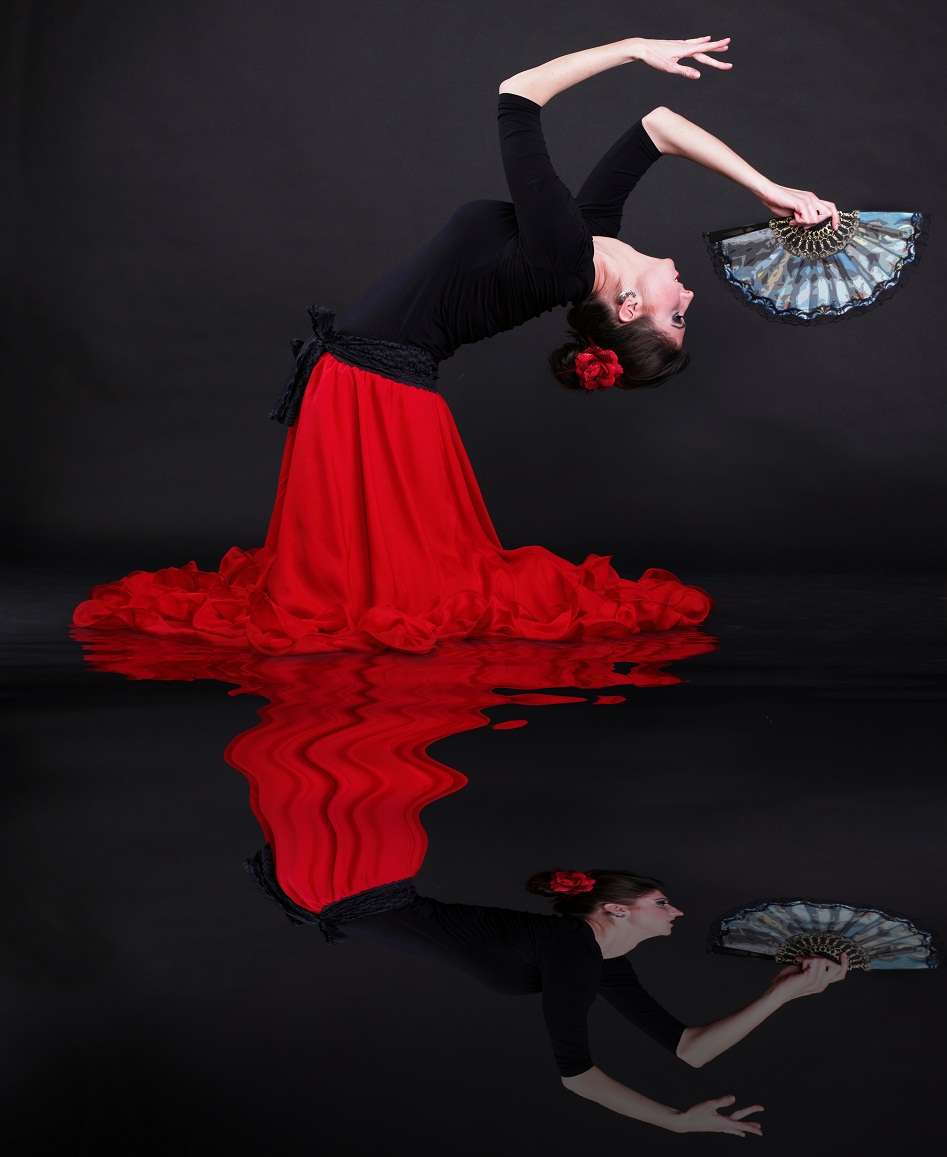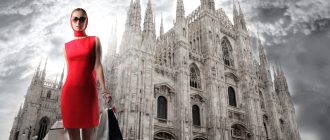Flamenco music & dancing has a history in Spain dating back to the 19th century. Flamenco music & dancing has traditionally been the reserve of the gypsy communities in Spain who invented and nurtured it in Spain incorporating eastern influences into flamenco music.
The gypsy community in Spain with whom Flamenco music & dancing originated, originally migrated to Spain from India in the 15th century. Flamenco music & dancing has traditionally been the local folk music enjoyed in the South of Spain around Andalusia, although today Flamenco performances can be seen all over Spain and Flamenco fans can be found all over the world.
Flamenco music & dancing in Spain
Flamenco music & dancing in Spain has four basic elements:
- Flamenco singers;
- flamenco dancers;
- flamenco guitar players and flamenco percussion.
Percussion used in flamenco music in Spain is different from other musical genres as it is mostly improvised. Percussion used in flamenco music in Spain involves clapping rhythmically, tapping a box or tapping ones feet.
Flamenco dancing costumes in Spain
The costumes used by Flamenco dancing performers in Spain date back to the 19th century fashion of Andalusia in Spain. The costumes worn by male flamenco dancing performers in Spain includes tight black trousers and a Cordovan hat.
Costumes worn by female Flamenco dancers in Spain are rather more colourful and consist of long red dresses with plenty of frills accompanied by a shawl that hangs off the shoulders.
Flamenco music & dancing shows in Spain
Flamenco music is appreciated by enthusiasts across Spain and regular weekly Flamenco music & dancing meets are held in bars in most large cities in Spain. Andalusia, Madrid and Barcelona are probably the three best places in Spain to catch a night of live flamenco music & dancing. In addition, there are many annual festivals especially in the South of Spain that often include live flamenco music & dancing performances for the crowds.





